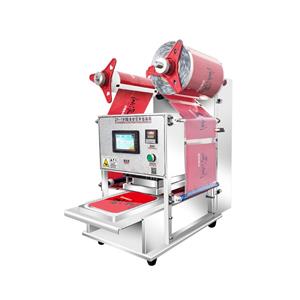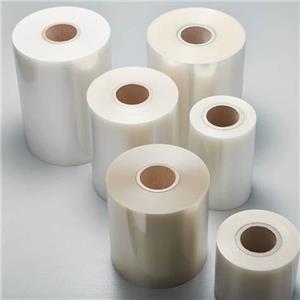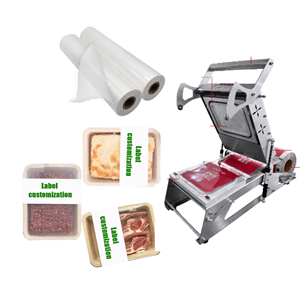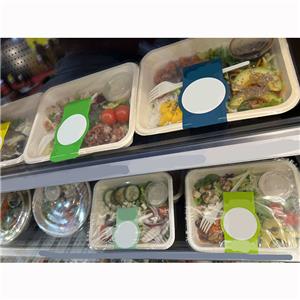Testing the use of sugarcane bagasse meat trays
Introduction: Testing the Freezing Effect of Sugarcane Bagasse Trays on Fresh Meat for Three Days
This experiment aims to investigate the use of sugarcane bagasse trays for storing fresh meat and freezing it for a duration of three days. Sugarcane bagasse trays are environmentally friendly materials made from sugarcane residue and are commonly used for packaging food items. The objective is to assess the ability of sugarcane bagasse trays to protect fresh meat during an extended freezing period, ensuring food safety and quality.
Experimental Procedure:
Prepare Sugarcane Bagasse Trays: Use clean and sanitized sugarcane bagasse trays to ensure hygiene and eliminate any odors.
Prepare Fresh Meat: Select fresh meat samples and cut and package them following standard procedures to ensure hygiene and integrity.
Place Fresh Meat on Sugarcane Bagasse Trays: Arrange the cut meat pieces on the sugarcane bagasse trays, ensuring that all samples fit within the tray.
Initiate Freezing Process: Place the trays with the fresh meat into a freezer or refrigeration unit, setting the appropriate freezing temperature, and freeze for a duration of three days.
Retrieve Samples: After three days, remove the fresh meat samples from the sugarcane bagasse trays and conduct visual, hygiene, and quality inspections.
Expected Results: It is anticipated that during the three-day freezing period, the sugarcane bagasse trays will offer effective protection, preventing bacterial contamination and food spoilage. The extended freezing duration should help maintain the freshness, food safety, and overall quality of the fresh meat.
Conclusion: This experiment aims to comprehensively evaluate the freezing performance of sugarcane bagasse trays for fresh meat. If the results are satisfactory, sugarcane bagasse trays could serve as a sustainable and environmentally friendly food packaging material, contributing to the reduction of traditional plastic packaging usage.




